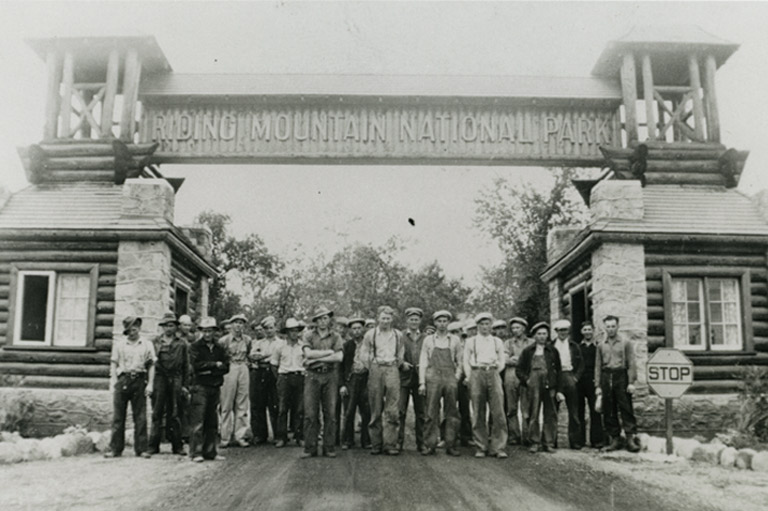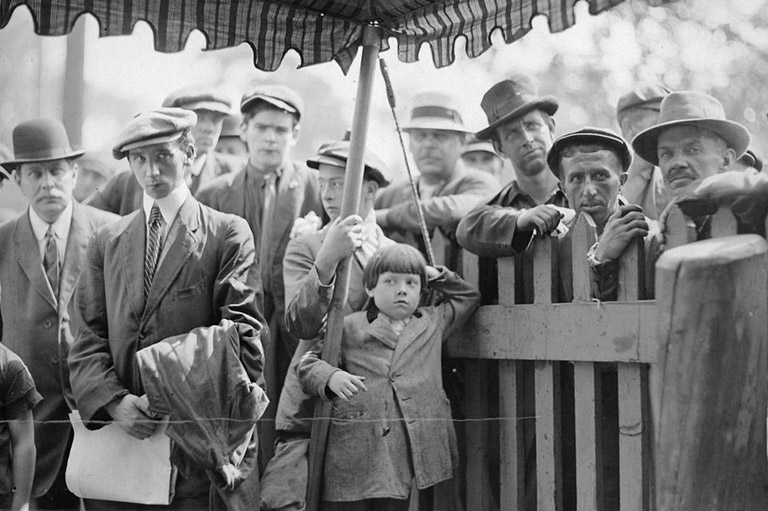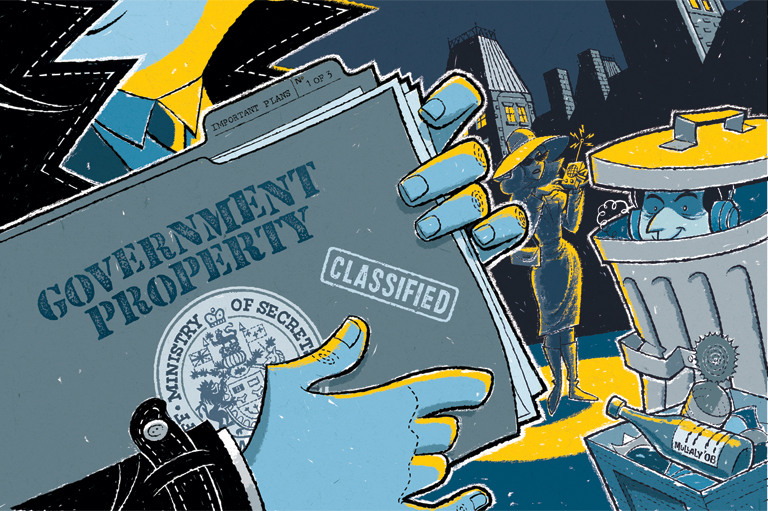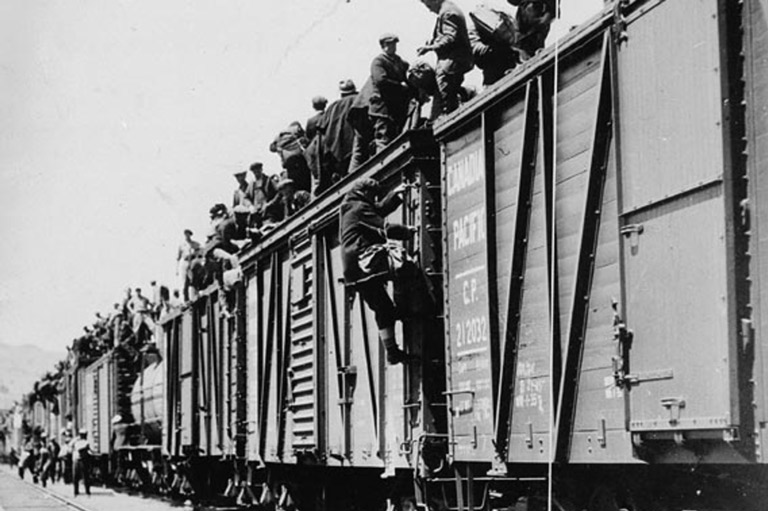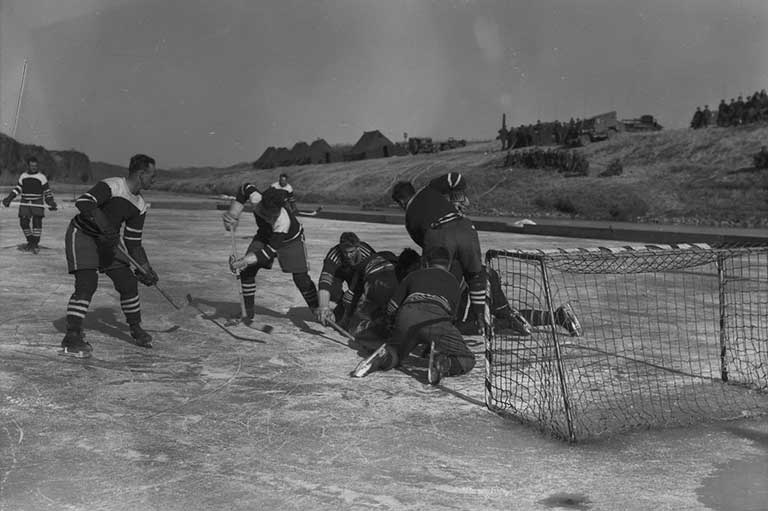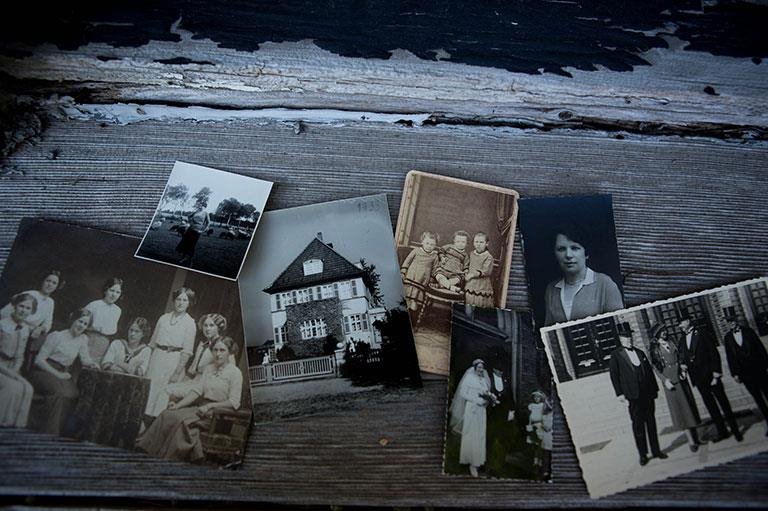Spy on the Wall
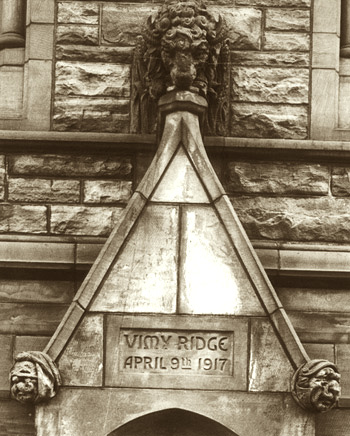
In the April-May 2011 issue of Canada’s History, we included the following letter from Thomas Ritchie of Ottawa, which also included the following photos of the sculptures on Parliament Building.
“The cartoon in Charles Hou’s article “Lampooning Laurier” (Laugh lines December 2010–January 2011) exemplifies the anti-German and anti-Kaiser sentiment prevalent in Canada during the First World War, sentiment that led to a new name for at least one community (Berlin became Kitchener). Another example — a wall carving on Canada’s Parliament Building in Ottawa — depicts Kaiser Wilhelm II and a German spy.
The original Parliament Building was destroyed by fire in 1916. The design of its replacement, like that of the original, is in the Gothic style of architecture. The Ottawa Citizen’s February 17, 1919, issue referred to the Vimy Ridge memorial on the building’s west wall. R.F. Fleming wrote that it portrayed “the faces of the masked German spy and the ex-Kaiser, indicative of the iniquity of the Hun and his secret hand, which Vimy Ridge heroes helped to overthrow.”
Like the cartoon with Charles Hou’s article, a part of the sculptural decoration of Canada’s Parliament Building illustrates the strong anti-German sentiment that developed in Canada in WWI.”
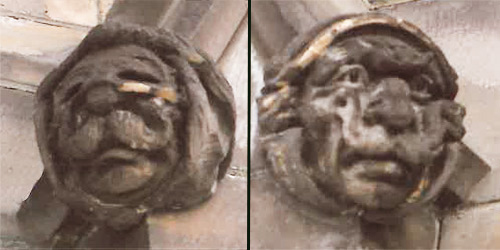
Themes associated with this article
Advertisement

